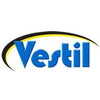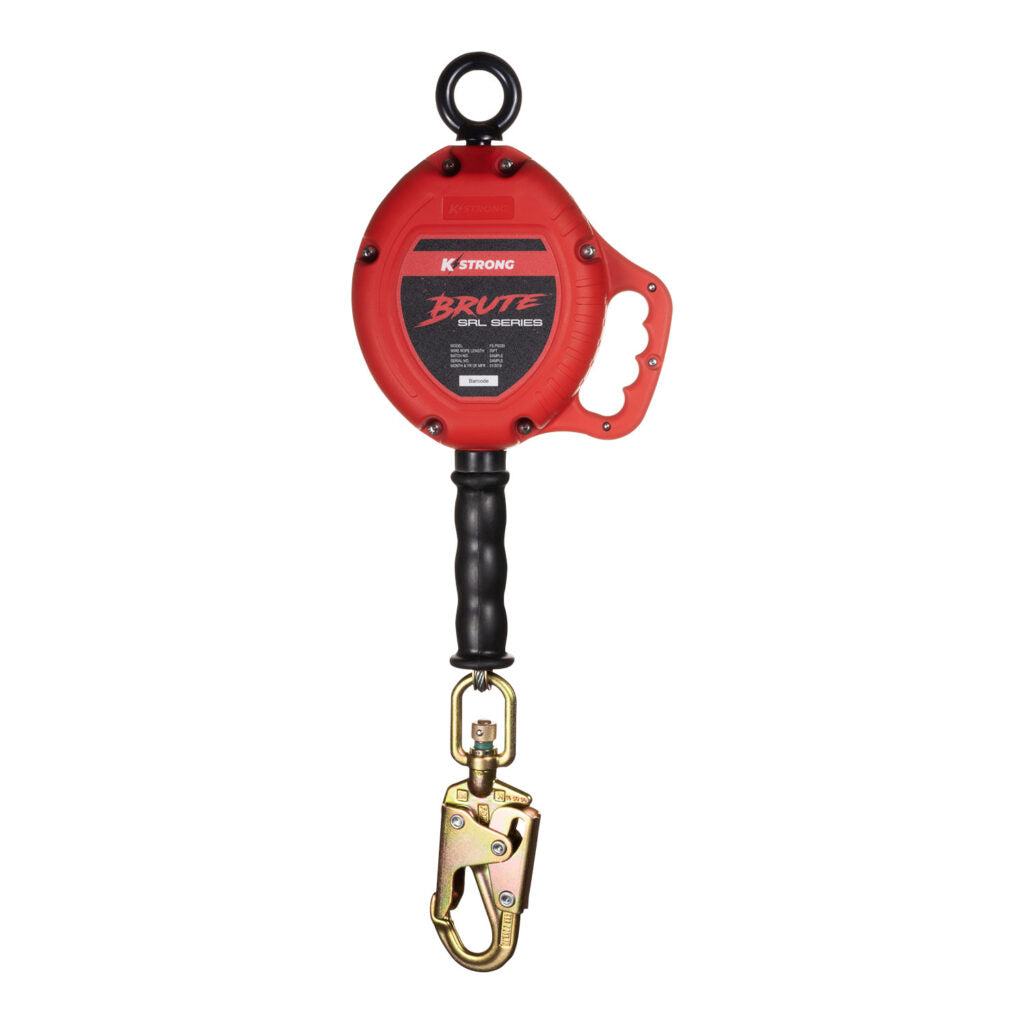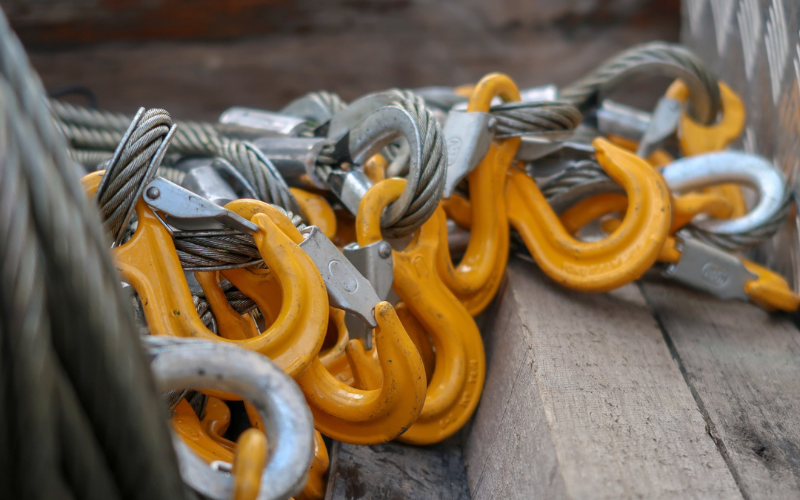What Is Rigging Equipment and Why It Matters
In industries like construction, shipping, logistics, oil & gas, and manufacturing, rigging equipment is the backbone of safe and efficient lifting operations. As of 2025, the demand for high-performance, compliant, and long-lasting rigging gear is stronger than ever—driven by stricter safety standards and the need for uninterrupted operations.
Rigging gear includes any tool or accessory that connects a load to a lifting device. This covers slings, shackles, hooks, turnbuckles, eyebolts, spreader beams, and more. These components are critical for maintaining load stability and control during lifts.
Whether you're operating a crane on a construction site or loading containers at a port, the right rigging equipment dramatically reduces the risk of accidents, damage, and equipment failure.
For professionals in lifting and material handling, knowing how to choose the right rigging gear, identify trustworthy brands, and stay compliant with safety regulations is not just useful—it’s essential.
Common Types of Rigging Equipment and Their Applications
Rigging hardware is the complete category of devices used to secure, attach, and lift heavy loads. The selection of rigging gear should always match the load type, environment, and lifting requirements.
Key Rigging Equipment Categories:
- Slings: These are the foundation of rigging. Available in wire rope slings, chain slings, and synthetic web slings, each type offers distinct benefits:
- Wire rope slings offer durability and are ideal for rugged or heavy-duty environments.
- Synthetic slings (round or webbing) are lightweight and perfect for lifting delicate or irregular loads.
- Chain slings provide high tensile strength and are commonly used in extreme conditions like foundries or steel plants.
- Shackles: Used to connect various components securely. They must match the working load limit (WLL) of the entire system.
- Hooks, Eye Bolts & Swivel Hoist Rings: These are used for precise angle lifting and load control.
- Master Links & Spreader Beams: Help distribute weight evenly and improve safety during complex lifts.
- Turnbuckles: Ideal for fine adjustments and tensioning in critical operations.
As of 2025, modern rigging solutions often include smart rigging gear—featuring embedded load sensors, RFID tags, and digital inspection systems for real-time tracking and safety assurance.
Trusted Rigging Equipment Brands You Can Count On
In a safety-first industry, choosing reputable rigging equipment brands is a non-negotiable. The right manufacturers provide not only quality hardware but also accountability, traceability, and industry compliance.
Our Top Rigging Equipment Brands:
- Crosby: Known for high-performance shackles, hooks, and lifting blocks that exceed ASME and ANSI standards.
- CM (Columbus McKinnon): Offers one of the most extensive selections of hoists, clamps, and rigging hardware in North America.
- William Hackett: Leaders in chain sling systems and advanced custom rigging solutions.
- Van Beest (Green Pin): Globally recognized for shackles and rigging accessories that are both durable and certified.
Choosing premium brands reduces the risk of equipment failure, lowers long-term repair costs, and ensures compliance with OSHA and industry lifting standards.
What to Consider Before Selecting Rigging Gear
Selecting rigging gear requires more than matching a sling to a load. For safe and effective lifting, consider the following:
Key Factors:
- Load Weight & Center of Gravity (CG): Choose gear rated for the heaviest possible load, including dynamic forces like movement, wind, or vibration.
- Working Load Limit (WLL) and Breaking Strength: Always stay well below the marked WLL. Breaking strength is for reference and should never be approached.
- Lifting Method: The sling configuration (vertical, choker, basket) affects how much load it can support.
- Environmental Conditions: Heat, moisture, chemicals, and UV exposure can impact material performance. For instance, synthetic slings degrade under high heat, while chain slings can corrode in marine environments.
- Compatibility: All components—slings, hooks, shackles—must match in size, load rating, and function to work safely as one system.
- Safety Factors: Lifting angle, edge protection, and secure attachment points are critical. Human error in these areas remains a top cause of rigging accidents.
Compliance: Inspections and Safety Regulations
As of 2025, compliance with safety standards from OSHA, ASME, ANSI, and API is critical for every lift. Equipment must undergo:
- Pre-use inspections: Check for wear, corrosion, cracks, and missing labels.
- Scheduled inspections: Performed regularly by a qualified professional based on usage and environment.
- Immediate removal: Any gear without visible identification or that fails inspection must be taken out of service.
Many modern rigging products now come with built-in inspection indicators, QR codes, and RFID tracking to automate compliance.
In high-risk environments—like construction, mining, or offshore drilling—formal training and certification for riggers, signalers, and supervisors is strongly advised.
Long-Term ROI: Why Quality Rigging Equipment Matters
When it comes to rigging, cost-cutting is often a false economy. Investing in certified, high-quality rigging gear pays off through:
- Reduced downtime
- Fewer replacements
- Improved worker safety
- Lower liability and insurance costs
From forged alloy steel shackles to Grade 100 chain slings and premium polyester web slings, using trusted gear improves operational confidence and minimizes risk.
Modern businesses with a proactive safety culture understand that reliable rigging equipment doesn’t just support the load—it protects people, property, and reputation.
Get Certified Rigging Equipment from Lifting Equipment Store USA
At Lifting Equipment Store USA, we’re proud to be the go-to supplier for industry professionals across the U.S. Our inventory includes:
- Certified, compliant rigging equipment
- Trusted global brands
- Expert product advice and technical support
- Nationwide delivery
Whether you're outfitting a new project, upgrading an old site, or tackling a complex lift, we have the gear—and expertise—you need to do it right.






















